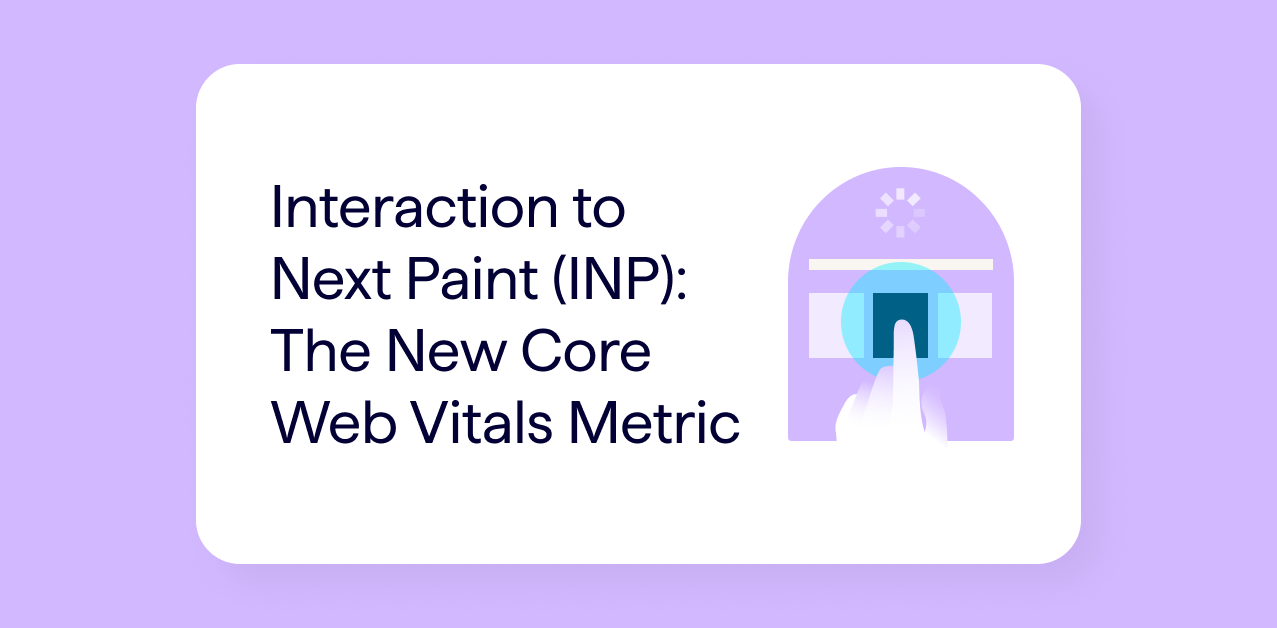CMOs and senior marketers are beginning to understand organic search is a critical component in any successful omnichannel marketing strategy, especially as they learn the impact SEO can have on their bottom line.
The latest KPI report from Wolfgang Digital, for example, finds that paid and organic search generates “65% of website traffic and a stonking 67% of website revenue on a last-click basis.”
Meanwhile, Episerver’s B2C eCommerce benchmark from last year puts organic search (2.8%) second only to paid search (2.9%) and ahead of email, social, and display when it comes to conversion rates.
It’s easy to oversimplify, however. The impact of SEO efforts varies across industry and geography. And when we dig down into the devices consumers use throughout the funnel, or user habits among different demographic groups, the weight of SEO within the overall digital strategy can shift again.
Marketers also need to be aware that what’s worked for one brand might not generate the same boost in rankings for another. As we know, Google’s algorithms are continually evolving, as are the abilities of your competitors.
So what are the 7 critical things CMOs need to know about SEO?
1. Results can take time
Whether you are building the authority of your website with the use of a long-term content campaign or waiting for Google to crawl your new SEO-friendly site, it takes time for search engines to discover, analyze, and index these launches and changes. This, too, affects the time it takes to see effects on your traffic, conversions, and revenue.
In some cases, improvements to rankings may even take months or years to materialize. This poses challenges when seeking to connect improvements in rankings back to specific changes you have made.
The best frame of mind CMOs need to have is to acknowledge SEO is a long-term strategy – especially for sites that are getting off the ground or are struggling to achieve technical and content health after years of SEO atrophy.
2. SEO is an ongoing effort
You may have already heard it said: SEO is not a “one and done” solution. It’s something that requires on-going optimization and monitoring.
Even a well-optimized website can experience atrophy or organic decline as Google’s algorithms continue to get smarter, user demand changes seasonally or in response to global events, or as the strategies of your competitors improve.
These factors are evolving in the organic space you share with your competitors, and only a proactive approach to providing content and UX that meet user demands will win out long term.
3. Search is always evolving
The SEO landscape is one of constant change and can, at times, be unpredictable.
Brands can lose rankings as a result of a particular update to Google’s algorithm but benefit from others. CMOs need to look at the long-term trend here rather than reactive decision making. If the overall trend is positive, then things are working.
Of course, not all changes are due to algorithm updates. User demand can go up or down for all kinds of reasons, from seasonal change to global pandemics.
Behavior can also change as devices and technologies change the landscape – such as smartphones and voice search. The activities of your competitors will affect search engine results too, with established businesses investing more in SEO, and disruptive brands entering the market.
4. SEO benefits other marketing channels
SEO can have an impact across your digital marketing channels.
Better site design with SEO in mind can improve the user experience for visitors who have landed on the site from other sources. Google has its methods and metrics to assess and evaluate user experience just the same as your users do, regardless of their path to the site.
Similarly, keyword research undertaken for SEO and content marketing purposes can help with overall messaging, be used to better understand user intent, and bolster your targeted keyword mix in other areas such as paid ads.
5. Focus on the metrics that matter most
There are many metrics SEOs look to measure ROI. Some – such as conversions, traffic, revenue, average order values – are more tangible than others like brand/product awareness or visibility.
All have their place. But some are more useful than others.
Traffic is increasingly seen as something of a vanity metric, for example. We all want to see more visitors to our sites, but if they aren’t engaging with the content there or making a purchase then what value are these users ultimately bringing? It’s more beneficial to track things like conversions from organic search, bounce rate, and time spent on site.
Other useful metrics look at segmenting users. For example, comparing returning visitors vs. new visitors who find your site through organic search, and looking at which pages prove to be most popular among each group can help you discern where best to focus your SEO keyword strategy based on segmented audience.
It can be detrimental to spend too much time focusing on metrics such as search volume and competition, as they do not directly contribute to the success of individual sites and the number of conversions.
Instead, paying attention to keywords that are actively driving visitors to your site will help ensure content is more targeted towards specific user intent. Remember, niche and long-tail keyphrases might have lower volume and less competition, but they collectively may drive more conversions.
6. Good SEO isn’t all about growth and scale
Much of digital marketing focuses on growth and scaling up.
In search, particularly within competitive industries, a good SEO campaign can be as much about maintaining a level of visibility or authority in a vertical more than an effort to boost rankings across a greater variety of keywords.
Quite often, senior marketers assume an SEO’s ability is best measured by what percentage they increase the site’s traffic. But as we touched upon above, an increase in traffic at the expense of higher conversions from less competitive keyphrases isn’t always the best use of time and money because it may result in a negative return of investment overall.
When it comes to established sites that already have a presence in Google, the maintenance and day to day mitigation of traffic loss is just as important (maybe even more important) and requires regular ongoing work and monitoring.
7. There are many misconceptions about SEO. CMOs need to be aware of them…
Visibility in search engines is important. But the value it brings in comparison to other marketing channels is dependent on the industry you operate in, the consumers you seek to engage with, and the competitors in your niche.
In search, what works for one brand isn’t guaranteed to work for another. And when changes are implemented, SEOs rarely expect immediate results or short-term wins.
More often it’s about long-term best practice.
Implementations and monitoring need to be ongoing to maintain and improve rankings in a fast-changing landscape where Google regularly tweaks its algorithm, or where competitors and new technologies disrupt the environment.
Good analytics is the backbone of good SEO. An understanding of data beyond vanity metrics is key and a focus on what users are doing is crucial.
This means ranking number 1 for a keyword doesn’t necessarily mean you have the best site or SEO has worked.
CMOs need to ask questions such as: What are the conversion rates for particular keyphrases? Are these new users or returning users? Are they high-value orders or low-value orders? What are the average order values and on-site behavioral engagement metrics by user segment?
Getting to the bottom of these questions is often far more insightful and valuable than top-level traffic hikes after a rankings boost.
A final point
Perhaps the most important takeaway is to remember SEO doesn’t happen in isolation. It works best when it’s joined up with your other digital marketing strategies.
Consumers increasingly want consistency across channels and valuable, authentic user experiences. The best search campaigns need to be considered with the broader multi-channel strategy in mind, and ultimately with the user – not Google – as its priority.





